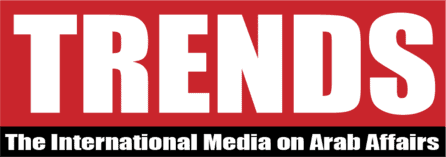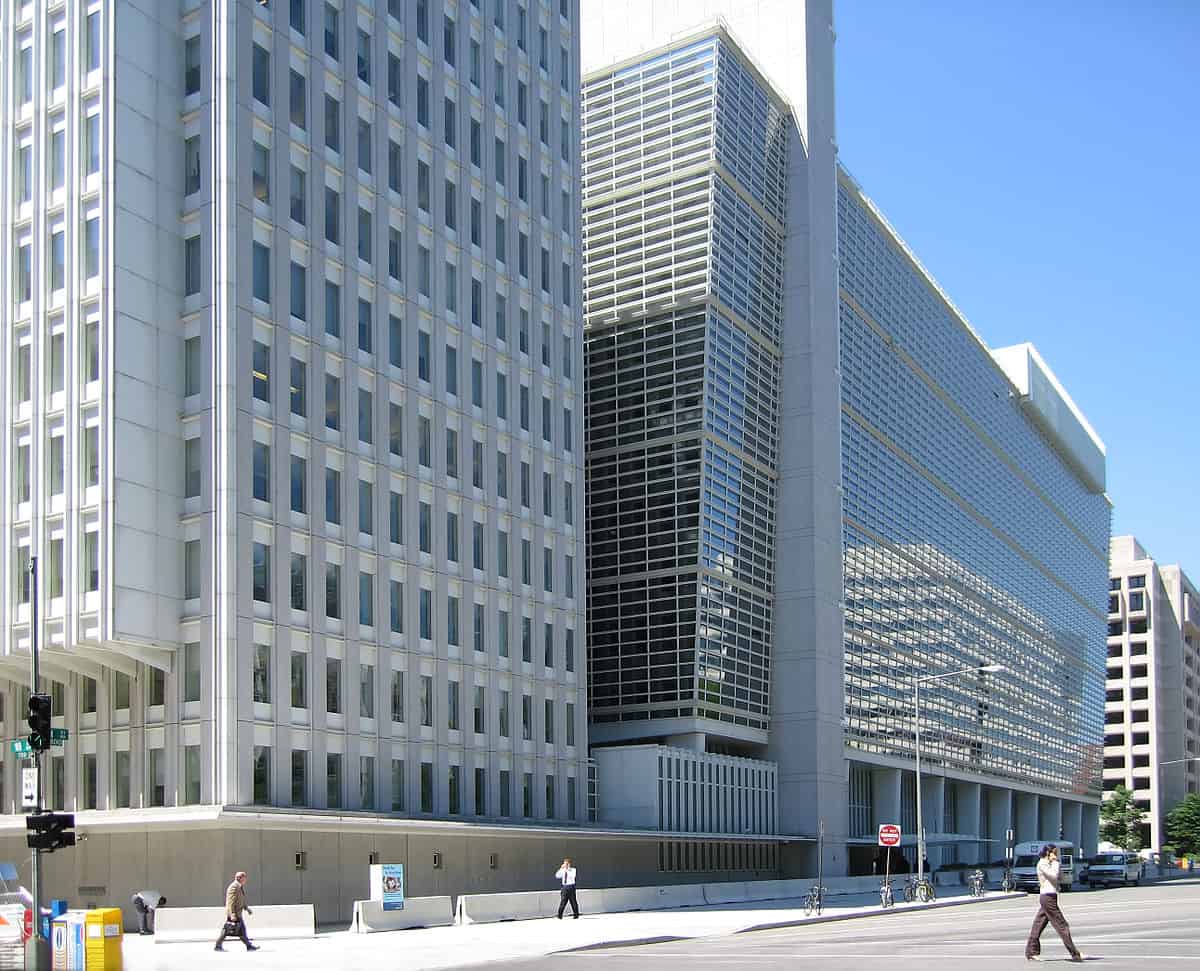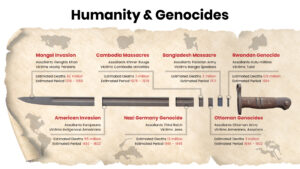The World Bank’s Global Economic Prospect reported on Tuesday that Morocco’s GDP is expected to grow by 3.2 percent in 2022 and would rise to 3.5 percent in 2023.
“The output in Morocco is expected to expand by 3.2 percent in 2022, slowing from the previous year’s rebound”, said the report.
Also, “the agricultural output returns to historical averages after the extraordinary performance of the primary sector in 2021,” the report points out.
Growth in the MENA region is forecast to accelerate to 4.4 percent in 2022, reflecting tapering oil production cuts and accelerating vaccine progress, before slowing to 3.4 percent in 2023, it says.
Output in 2023 is projected to remain about 5 percent smaller than expected before the pandemic, the World Bank notes.
The global growth is expected to decelerate up to 4.1 percent in 2022 from 5.5 percent in 2021, reflecting continued COVID-19 flare-ups, diminished fiscal support, and lingering supply bottlenecks, it says.
The near-term outlook for global growth is somewhat weaker, and for global inflation notably higher, than previously envisioned, owing to pandemic resurgence, higher food and energy prices, and more pernicious supply disruptions.
Global growth is projected to soften further to 3.2 percent in 2023, as pent-up demand wanes and supportive macroeconomic policies continue to be unwound, the report adds.








